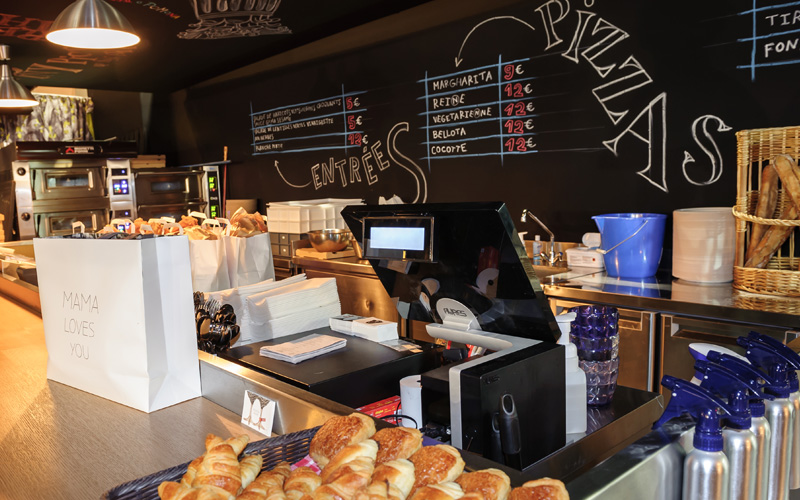Two-Thirds of US Restaurants Don’t Have a Specialized POS. Here’s Why They Should
Think about all the customer-facing businesses you visit on a regular basis – the convenience or grocery store, the mall, the gas station, your favorite restaurant or take-out joint. What do they all use to process your purchases these days?
They all have an electronic POS, right? Surely everyone is using touchscreen terminals running POS software that controls orders and purchases digitally these days?
You’d think so. But in the restaurant sector, that isn’t the case. According to at least one industry insider, an astonishing two thirds of hospitality businesses in the US don’t have a dedicated restaurant POS in place.
Now, whether that means they’re not using any kind of POS at all, we don’t know. It could mean a lot are using quite generic POS systems that are really intended for retail, rather than relying on old fashioned cash registers.
But in either case, those restaurants are missing out because POS systems deliver all sorts of operational benefits to a business. And yet the needs of retailers and restaurateurs are different. If you want to get all the benefits of a POS, you need a solution that is tailored to how restaurants operate. Here’s why.
A touchscreen makes more of a difference
Touchscreens have become the staple of modern POS systems. They make navigating through menus and screens more intuitive, convenient, and faster, leading to fewer errors and better service. But in restaurants, a touchscreen makes even more of a difference than it does in retail for one important reason – It lets you input order items super efficiently with a single touch.
In a store, most items being purchased are scanned via a barcode reader. But in a restaurant, every item ordered must be input by hand. That means there’s even more value in having a highly responsive capacitive touchscreen in a restaurant with all menu items displayed as touchable icons. Compared to having to type in orders as you had to on old-style computer POS terminals, or even keying in prices manually on a cash register, it makes the whole ordering process much faster, more accurate and more efficient.
Communication with the kitchen is key
Another huge benefit of a dedicated restaurant POS system is that it can transform how orders are communicated from front of house to the kitchen. Instead of hand-scrawled notes pinned to a board, with a digital POS, as soon as the orders are input, they can be instantly sent to a kitchen display – a digital screen that will organise meals by time of order, how long different items take to cook etc.
Mobile makes sense
Finally, in retail mobile POS might rank as a ‘nice to have’ – store assistants walking around with POS tablets that they can use to look up product information for customers, or even process sales at the busiest times, sure adds an extra dimension to service. But if you think about the same idea in the context of a restaurant, mobile POS looks closer to being essential. With POS tablets in hand, waiting staff can input and process orders directly at the table, rather than writing them down and then having to punch them into the system. It speeds everything up, it means changes in order or errors can be spotted and corrected right away, and it also lets restaurants offer the option of payment at the point of order, so diners don’t have to wait around for the check when they’ve finished.




